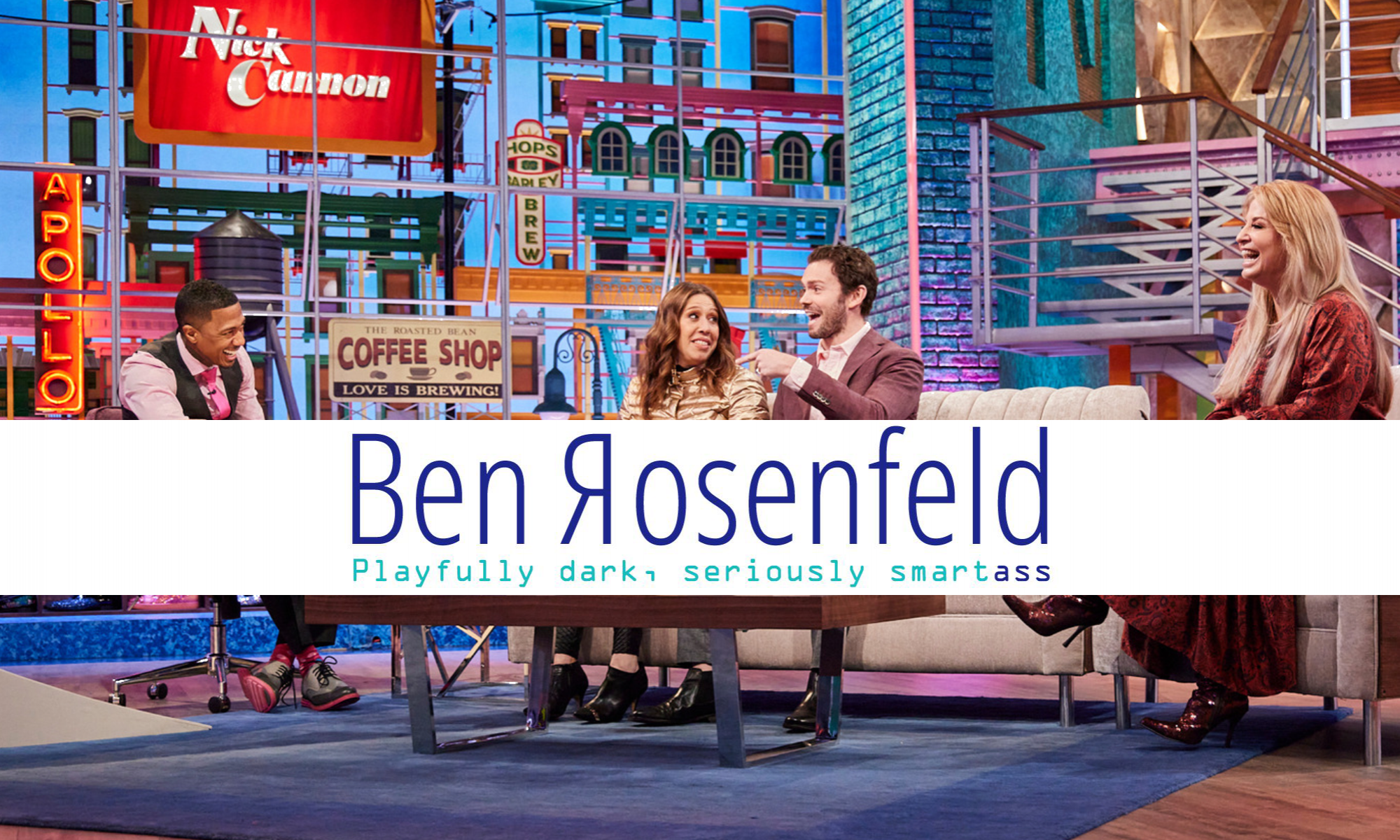This is a continuing series of posts about the business and production side of stand up comedy that most people don’t know about. Click here to view part one which explains the different types of shows.
The Stand Up Format:
Every stand up show has multiple performers. Even the stand up heavyweights that play in 20,000 seat stadiums like Dane Cook (love him or hate him, he plays huge venues) have at least one comedian perform before them to warm up the crowd.
For well known acts, the format of the evening is usually: Opener, Middle and Headliner, with the emcee coming on in between comics. For clubs that showcase new talent, there can be anywhere from 7 to 25 comedians performing in a given show so the format would be more like: Opener, Middle, Middle, Middle …. Middle, “Headliner”.
The types of spots:
Emcee: Your host for the night, he (or she) usually does some crowd work at the beginning, introduces every comic, and keeps the show running on schedule by giving every comic the one minute warning light. (Comics are told in advance how much time they will be given on stage and it falls on the emcee to remind them when time is running out.) The emcee is not expected to tell many of their jokes, but if a comic “bombs” (gets very few or no laughs) then the emcee is also expected to tell a solid joke or two to win the audience back over before the next comic gets up on stage.
Opener: The first comic that the emcee introduces. He is the opener and usually has the shortest amount of time. His job is the warm up the crowd and get them laughing, so that they are ready to be rolling on the floor for the later acts. It’s interesting to note that even with the same material, a comic will get more laughs later in the show. At the start of the show, the audience is not warmed up and is less receptive.
Middle: Can be one or more comics that go between the opener and the headliner. Some (bringer) shows don’t have a headliner, so everyone is a middle comic except for the opener and the:
Check Spot: Considered the worst spot to get. This is usually right before the headliner goes up and is when all the tables in the crowd are given their check. This is the worst spot because most people momentarily stop paying attention to the show and examine the bill, get out their wallet, and figure out who owes how much. Some talking usually occurs. And since not everyone is able to receives their check at the same time, constant talking is heard throughout the check spot. This spot can also be part of an emcee’s job.
Headliner: The last person to go. Usually, producers “save the best for last”. At major comedy clubs and stadiums, this person’s name is usually the reason you decided to come. Jerry Seinfeld and Chris Rock are two examples of headliners. By this point, the crowd is nice and liquored up, and is usually familiar with the comic coming up next, so they are expecting hilarity. During open mics, the last comic to go up is also called the headliner but in a derisive /sarcastic context.
How The Lineup is Determined
“The Lineup” (which comic gets which spot) is determined by the producer of the show. A producer can be an individual renting out a performance space, or the comedy club itself (usually represented by a manager). The lineup can be created days or weeks before the show (in the case of well known comics) or it can be created during the show, where a comic is given a 2 minute notice that they are up next.
The producer’s relationship or contract with each comic, how many people came to see a certain comic that night (if it’s a bringer) and the comic’s name recognition / the comic’s level on the comedy ladder (a post about this topic is forthcoming) all help to determine the line up.
Paid vs Free Performances and Guest Spots
The same factors that determine where in the lineup a comic is performing also help to determine whether the comic is getting paid, being given a guest spot, or has to do something in return for stage time (bark or bring friends).
A guest spot is a “present” to the comedian performing. A comedian can be given a guest spot for a number of reasons including: being friends with the producer, doing something helpful for a producer previously (like bringing a lot of people) or because the comedian being given a guest spot also produces a different show and the has “traded spots” with this show’s producer (most producers are also stand up comedians).
Once you are able to make a crowd laugh consistently, you need constant stage time to keep improving your craft. Producing your own show and trading guest spots with other comics is one of the best ways to gain extra stage time, exposure to other audiences and to network with other comedians.
Wanna try stand-up comedy yourself? Consider taking my NYC Comedy Class or booking a private one-on-one comedy coaching session (in person or via Zoom)
More Stand-Up Comedy Tips:

